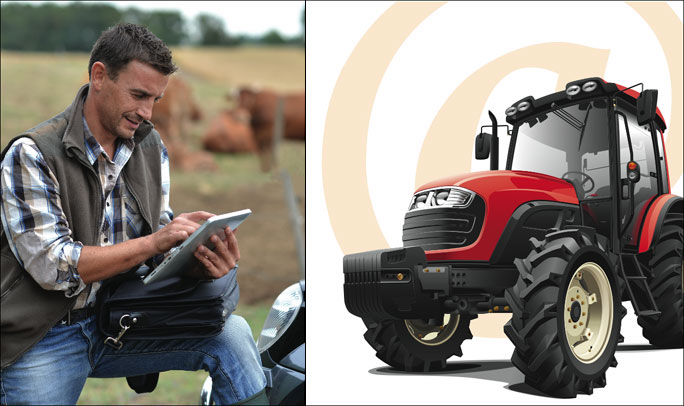A decade ago, Rich Budell notes, a GPS device wasn’t all that common. Times, he added, have definitely changed. “Everybody has one in their car now,” Budell says.
But if a Global Positioning Satellite device has become a widely popular tool, it isn’t just motorists looking for the right directions to an unknown destination who are utilizing it, Budell observes.
For a lot of people working in the state’s agriculture industry, high technology has become a vital tool for effectively growing crops, and even a GPS device has proven to be invaluable — although not in the same way that motorists use it.
Technologies that Advance Precision
A special GPS device can be placed on a tractor, which records the exact spot in the field where the driver stopped fertilizing during the last run. “With a GPS system, you can completely eliminate overlap and go back to the exact spot you left off at and take over again,” says Budell, the director of the Office of Agricultural Water Policy for the state Department of Agriculture in Tallahassee. “The same is true for your irrigation system.”
Not surprisingly, Budell points out, a lot of the technological devices being used to improve farming techniques date back to the 1990s, when the nation first started to ride a high-tech boom. “Some of these technologies came out in the early to mid-1990s, but since then they have gone on to multiple improvements,” he says. As they got more sophisticated, they’ve enabled the state’s agriculture industry to save millions of dollars, he added.
“They pay for themselves over one season,” Budell explains. “Most of what I’m talking about is efficiencies in water use, and the use of nutrients and fertilizers, and equipment that puts them in a better position to utilize water and fertilizer. There is a lot of work going on now to come up with crops that are more drought-resistant and disease-resistant.”
Technology and science, he adds, are making the grower’s job a more efficient one altogether — for example, by methods that measure and then determine how much fertilizer each section of plants needs, rather than applying the same amount to the entire field. “One of the things that is constantly evolving is the formulations of nutrients – the different ways to deliver nutrients to the plant,” he clarifies. “With technology, you only apply enough fertilizer for the plant to use on a daily basis. Not only do you maximize the plants’ access to those nutrients, but also minimize the possibility that the plant is lost to weather events that we have no control over.”
Innovations that Improve Conservation
Another innovation on the farm is Variable Rate Application Technology. “Those are electronic eyes on the front of a tractor that calculate the volume of the tree canopy, and send a signal back to the tractor, based on the volume of the canopy, before a grower would go out and spread the fertilizer out over it all,” Budell explains. “That’s a technology that has resulted in millions of pounds less of fertilizer being used. That saves the grower money.’’
A grower can also put an electronic probe in the ground that enables them to turn on an electric pump — using a laptop or mobile app device. “A grower can look at his smartphone or iPad and see what the crops need,” Budell continues. “He doesn’t even have to leave his office to do that.” The probe can also determine how much water each plant needs. “It keeps him from underwatering or overwatering, which are both problematic,” he states. “Now we see the benefit because we know they’re using less water.”
Today, the agriculture industry still has other innovations that are in the planning or creativity stage, but not yet ready for use, he added. “It would be nice if we had probes that gave you the nutrient content in the soil all the time,” he observes. “That technology has not yet been developed.”
CREDIT
story by MICHAEL FREEMAN

